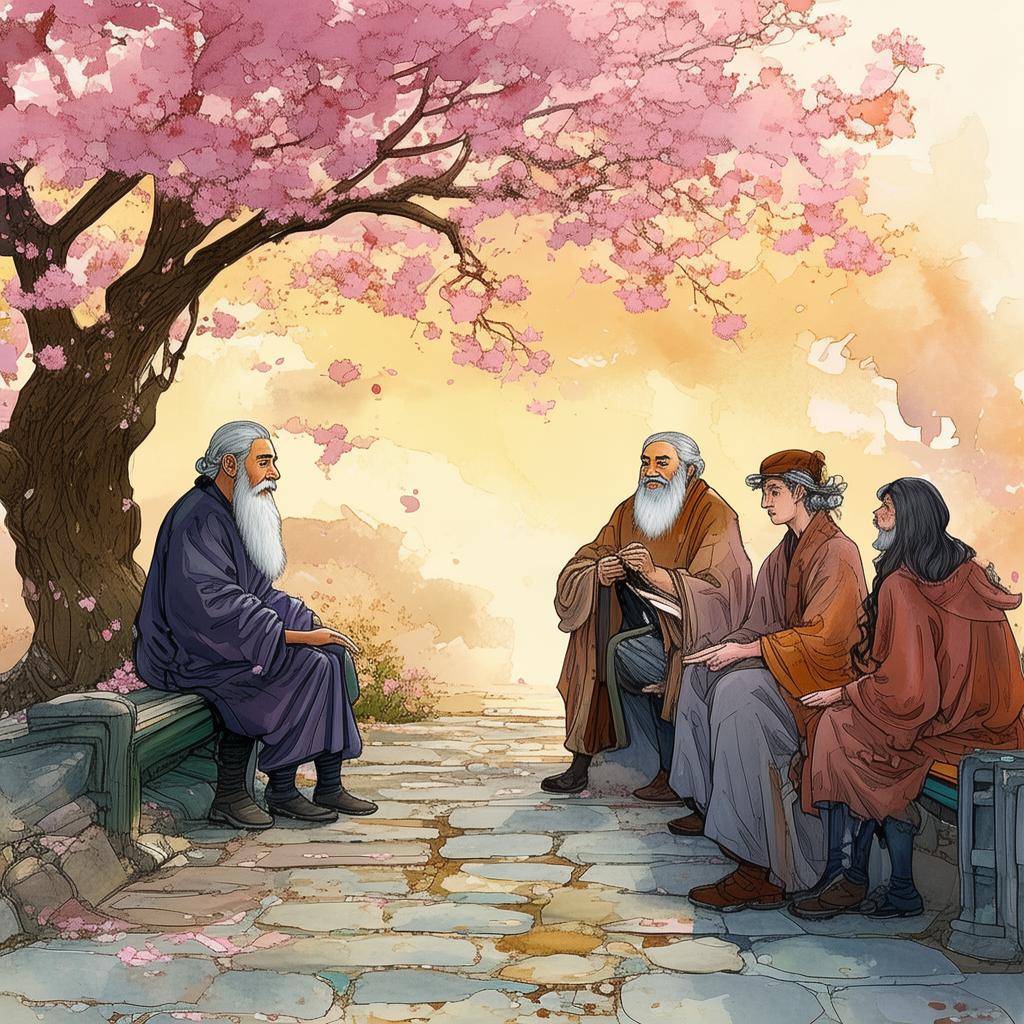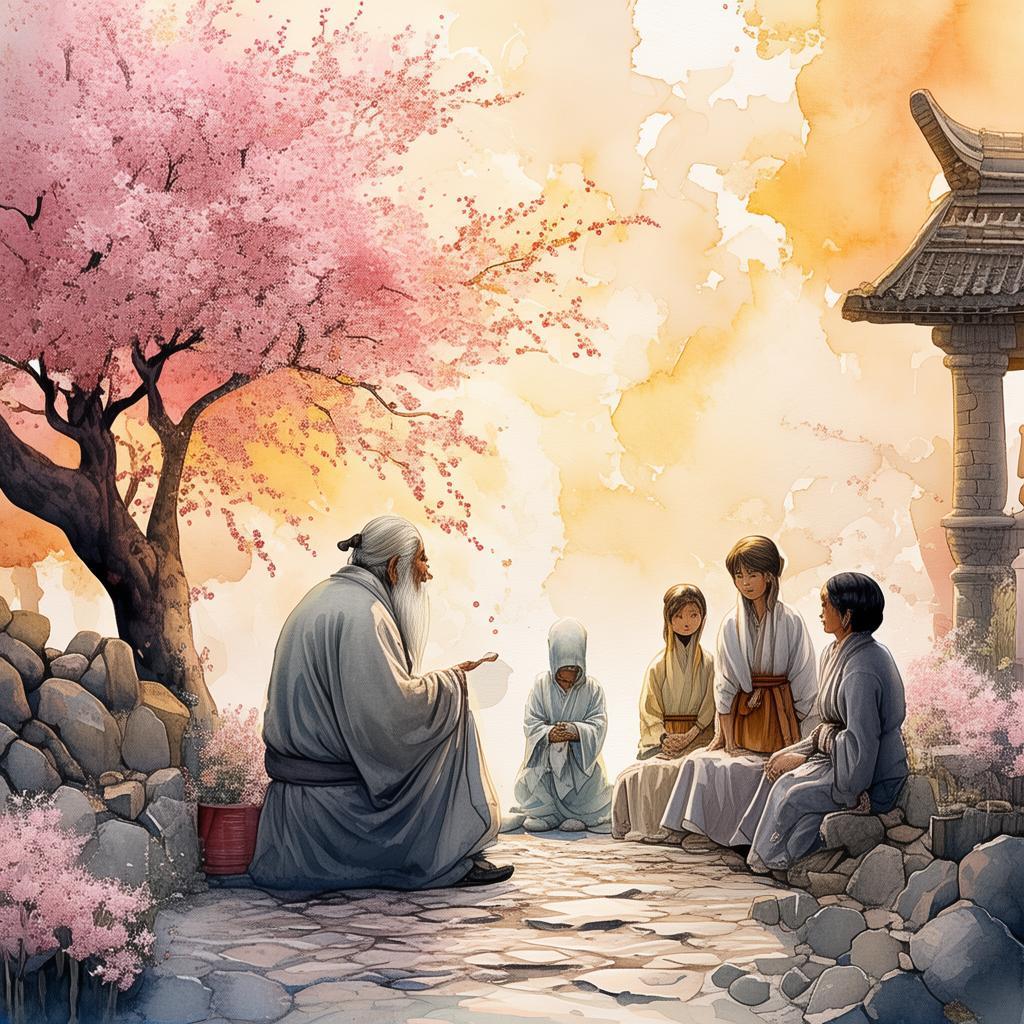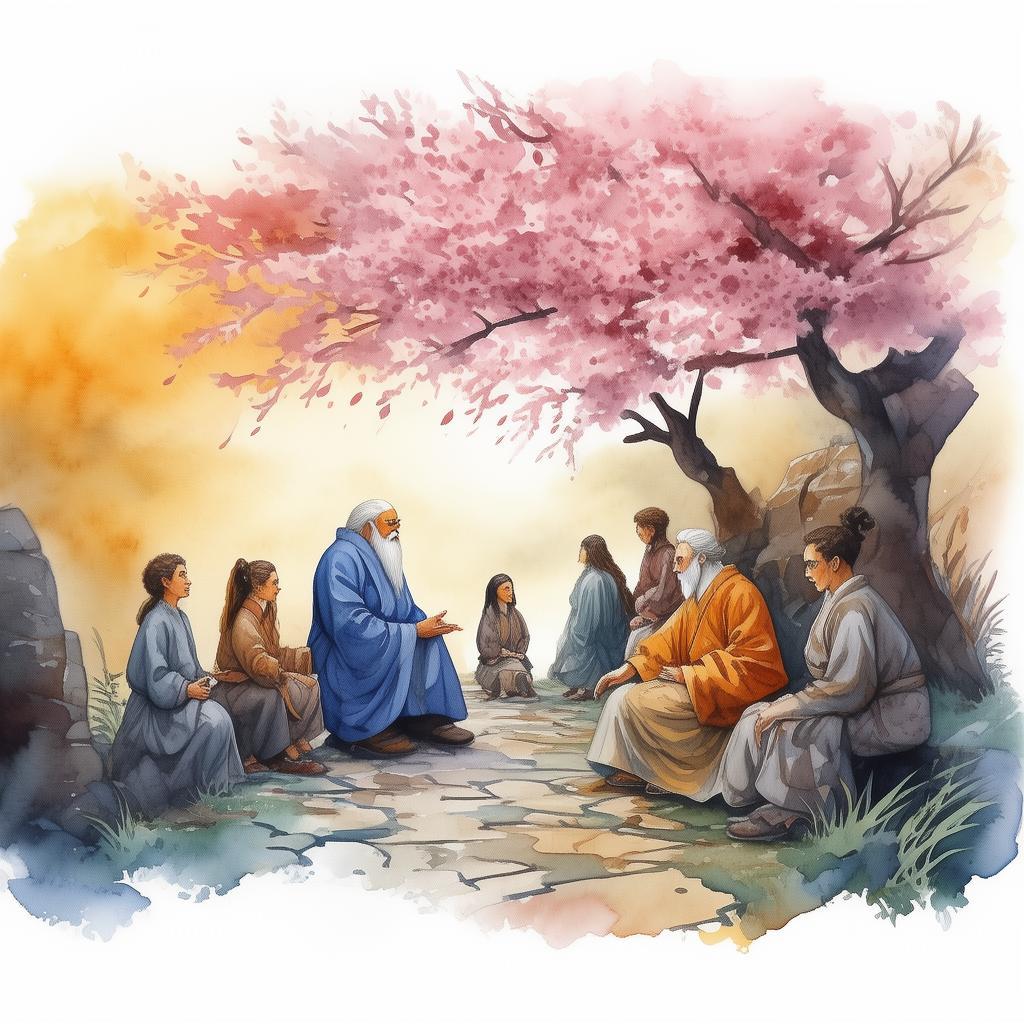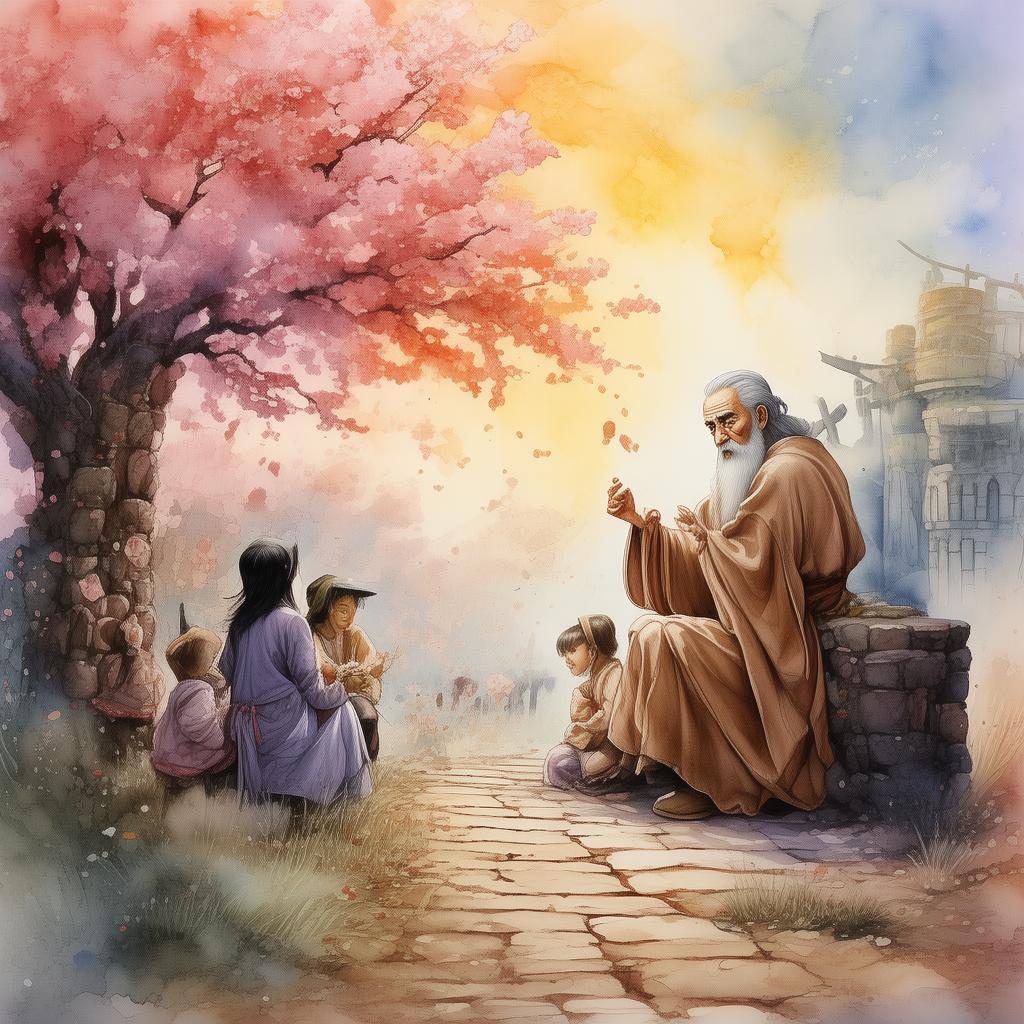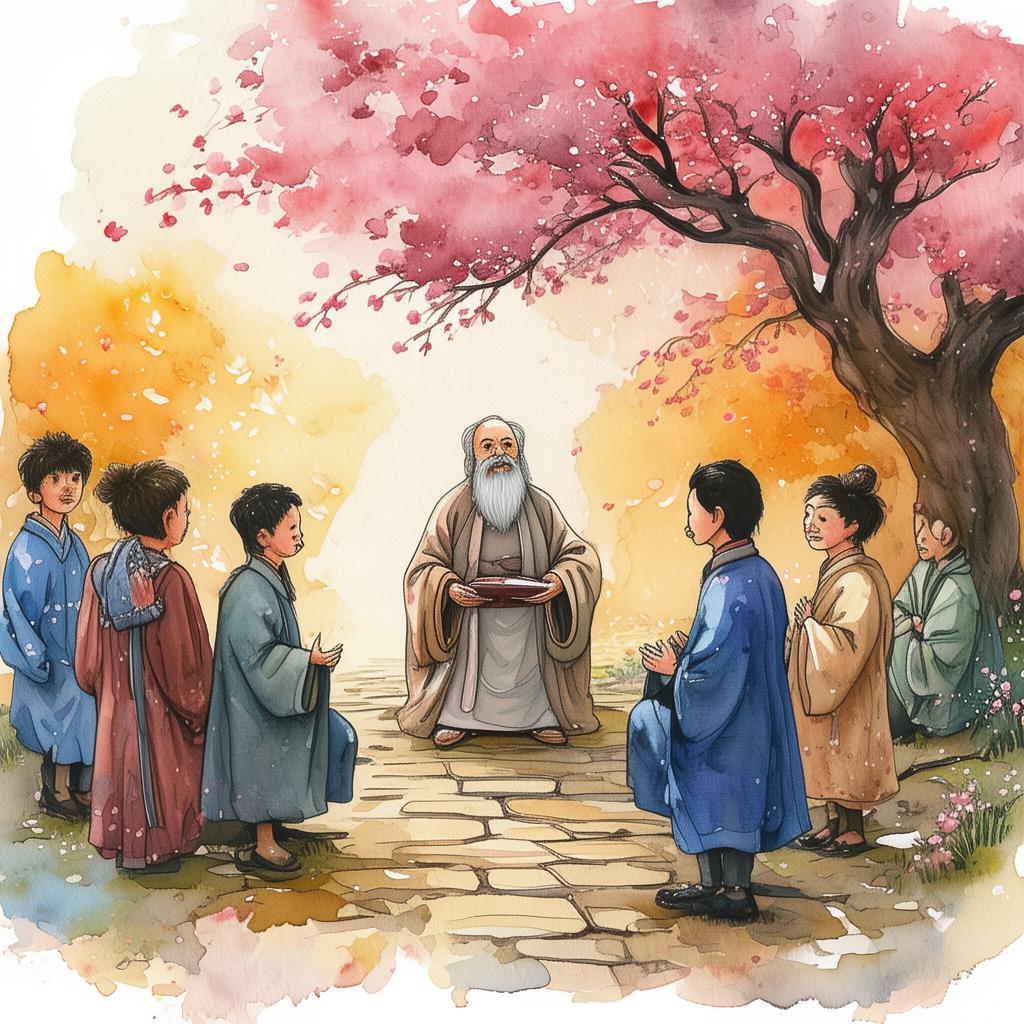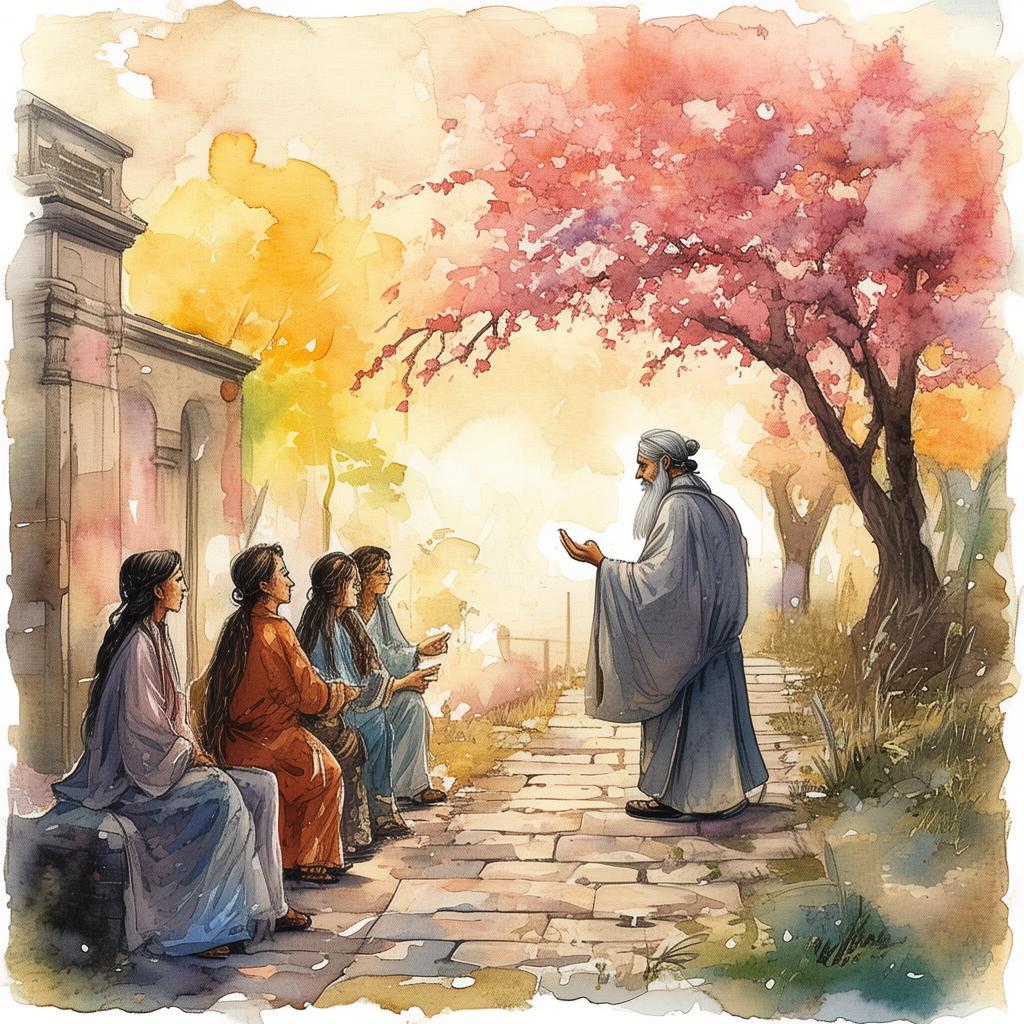Revolutionary Whispers: The Zhejiang Cybernetic Classroom
In the heart of Zhejiang, China, there stood a school that was not like any other. It was a beacon of innovation, a place where the old ways of teaching were being challenged and the future of education was being forged. The teacher at the heart of this revolution was none other than Master Li, a man whose passion for knowledge was as boundless as his vision for the classroom of tomorrow.
Master Li had always believed that education was not just about imparting facts but about nurturing the minds and spirits of the students. He saw the traditional classroom as a place of constraints, where the teacher was the sole authority and the students were passive recipients of knowledge. It was a model that no longer served the needs of a rapidly evolving world.
One day, as Master Li stood before his class, a thought struck him like lightning. "What if," he pondered, "we could create a classroom that was as dynamic as the world outside? A classroom where the students were not just learners but co-creators of their own education?"
And so, the Zhejiang Cybernetic Classroom was born. It was a space where technology and human ingenuity intertwined to create an environment that was both exhilarating and transformative. The walls were adorned with screens that could display interactive lessons, and the desks were equipped with tablets that allowed students to explore the depths of their curiosity.
The first day of the new classroom was a whirlwind of excitement and uncertainty. The students, accustomed to the rigid structure of the traditional classroom, were now free to roam the room, their fingers dancing over the tablets, their minds alive with possibilities.
"Look at this, Mr. Li!" one student exclaimed, pointing to a map of the world on the screen. "We can zoom in and see the oceans, the continents, the cities. It's like we're there!"
Master Li smiled. "Exactly. This is about experiencing the world, not just reading about it."
As the days passed, the cybernetic classroom became a hub of activity. Students worked in groups, each group tackling a different aspect of a complex problem. They collaborated, debated, and argued, their voices blending into a symphony of learning.
One group, led by a young girl named Mei, was investigating the impact of climate change. They used the classroom's resources to gather data, analyze trends, and propose solutions. Mei's eyes sparkled with excitement as she presented their findings to the class.
"Climate change is not just an environmental issue," Mei declared, her voice filled with conviction. "It's a human issue. We need to act now!"
Master Li nodded, proud of the students' initiative. "And that's the spirit of the cybernetic classroom. It's about taking control of your education, about making a difference."
But not everyone was thrilled with the changes. Some parents worried that the new methods were too unconventional, that their children were being left behind. Others feared that the reliance on technology would make students lazy or disconnected from the real world.
In response, Master Li organized a series of workshops and seminars, inviting parents to see the classroom in action. He showed them the projects the students were working on, the debates they were having, and the skills they were developing.
"Look at how engaged they are," Master Li said, pointing to a group of students working on a coding project. "This is the future. We need to prepare them for it."
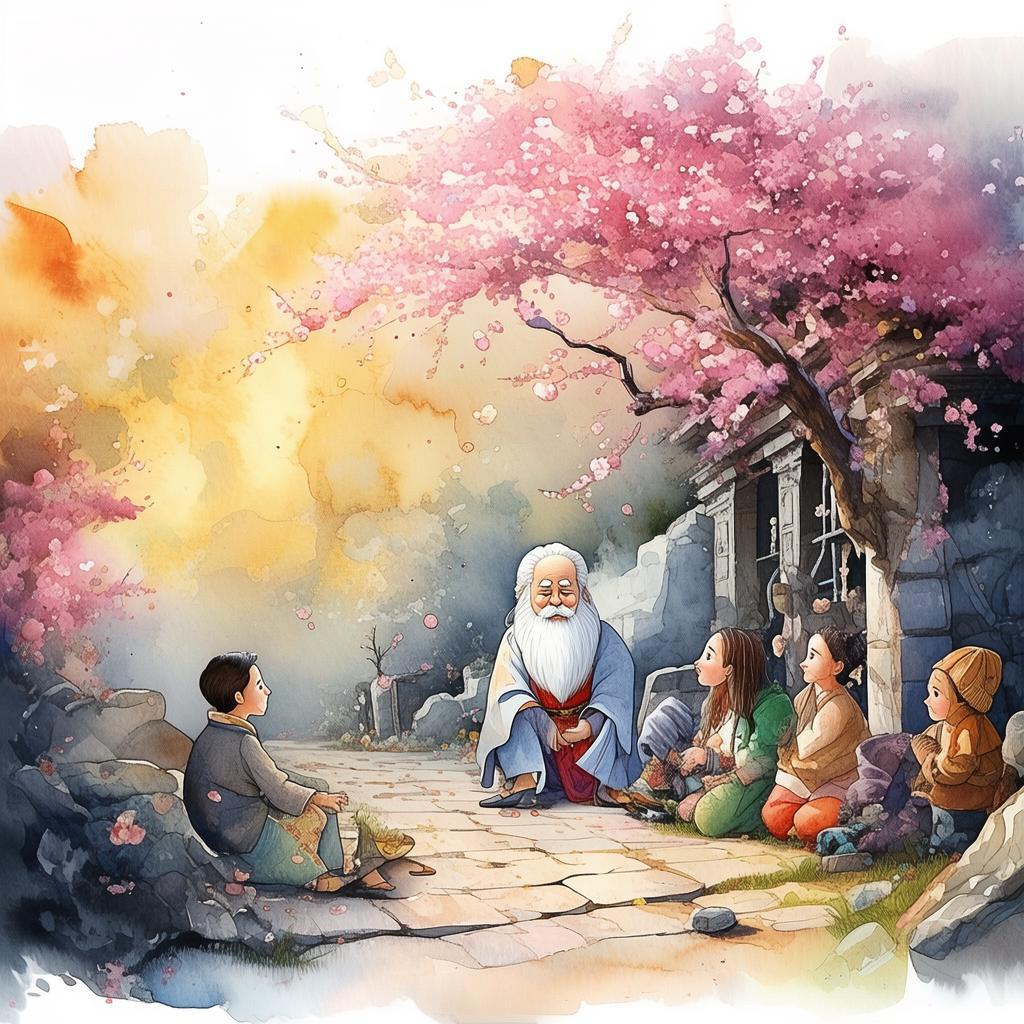
The parents listened, their skepticism slowly giving way to understanding and then to excitement. They realized that the cybernetic classroom was not just a new way of teaching; it was a new way of living, a way that encouraged creativity, critical thinking, and collaboration.
As the months passed, the Zhejiang Cybernetic Classroom became a model for innovation in education. Schools from around the world visited, eager to learn from Master Li's groundbreaking approach. The students, too, began to see the value of their education in a way they had never imagined.
One day, as Master Li stood before his class, he noticed a change in the students. They were more confident, more curious, and more engaged. They were not just learning facts; they were learning how to learn.
"Today," Master Li announced, "we are going to do something special. We are going to take our learning outside the classroom."
The students' eyes lit up. They followed Master Li to a nearby park, where they set up a tent and began their field study. They measured the pH levels of the river, counted the species of birds, and discussed the impact of urbanization on the local ecosystem.
As the sun set, the students gathered around a campfire, sharing their findings and their thoughts. They realized that the cybernetic classroom had not just changed the way they learned; it had changed the way they lived.
"We are not just students," one student said. "We are explorers, innovators, and leaders."
Master Li smiled. "And that, my friends, is the true power of education."
The Zhejiang Cybernetic Classroom had become more than a place of learning; it had become a symbol of hope, a testament to the power of innovation and the boundless potential of the human spirit. And as the students of Master Li's classroom moved forward, they carried with them the legacy of a revolution that was just beginning.
✨ Original Statement ✨
All articles published on this website (including but not limited to text, images, videos, and other content) are original or authorized for reposting and are protected by relevant laws. Without the explicit written permission of this website, no individual or organization may copy, modify, repost, or use the content for commercial purposes.
If you need to quote or cooperate, please contact this site for authorization. We reserve the right to pursue legal responsibility for any unauthorized use.
Hereby declared.
